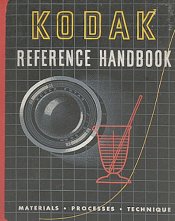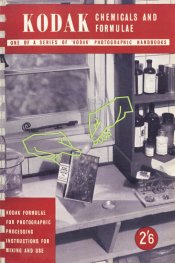Ian Grant
Subscriber
Ron how do you explain "I found out that this was because Crawley thought the avoirdupois versions of the formulas were more accurate than the metric ones" which refers to Bill's previous line "Here's an interesting footnote on BJP formulas for Ian. There are some apparently super-precise renditions of some Kodak formulas such as D-61a that have amounts like 3.1 grams instead of the expected 3.0 grams."
In truth I've been aware of these differences in some Kodak formulae since the early 70's and knew that some of the formulae were later rounded to the nearest half gram for amateur use, where volumes being made up were smaller & scales far less accurate. It maybe the rounding down was done earlier in the US than the UK They wouldn't have bothered with roundin up or down the Avoirdupois weights as it wasn't relevant.
Ian
In truth I've been aware of these differences in some Kodak formulae since the early 70's and knew that some of the formulae were later rounded to the nearest half gram for amateur use, where volumes being made up were smaller & scales far less accurate. It maybe the rounding down was done earlier in the US than the UK They wouldn't have bothered with roundin up or down the Avoirdupois weights as it wasn't relevant.
Ian







